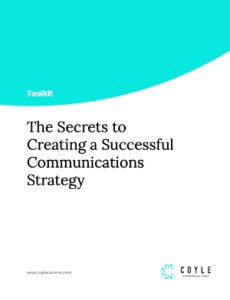The following article was published by @PRNews on November 26, 2013.
Approaching journalists you do not know to pitch coverage can often times be intimidating. It is important to keep in mind that journalists are there to do a job and have an editor expecting them to pitch story lines. You are helping them accomplish that by providing new leads and new angles.
However, the success or failure of your pitch will rest with how well you have targeted the journalist, how well you know the journalist’s coverage history and what story angles interest them. Research will be key before you send that email, tweet or pick up that phone.
Once your research is in place, you can then start to build the relationship. Not every reporter is alike and you will get various reactions to your pitch. Remember the golden rule, 10 pitches will lead to 1 interest on average. The better you target, the better your average.
Here are my top five tips for approaching journalists you do not know:
Target Your Lists – Use a media database, LexisNexis, or your own web research to identify journalists covering your topic area, or client’s topic area.
Know Your Journalists – Research their coverage histories, often times it will vary beyond their assigned beats.
Start the Conversation – Pitch them in whichever way they prefer and whichever way you are most comfortable. Phone shy? Start with a short email pitch. Mention a story you liked and how your angle ties in with that. Make it timely, short and to the point. Make sure it ties in with what is being discussed in the 24/7 news cycle for more impact.
Tap Into Your Network – Do you know someone who works for an outlet who can advise you on what journalist would be best to approach? Do you know other journalists who can do this for you? Do not be hesitant to reach out. I’ve received my best leads this way.
Follow Up – Once you’ve made the connection, thank them for their time but don’t overdo it. Keep them interested and answer their questions. Provide them with information or other angles they may not be thinking of. Become a source they can trust and rely on long-term. Recommend others in the field as sources. Be the connector.



